
Patios, Walkways & Driveways
We unite suppliers and green industry professionals worldwide
Basil Cinnamon is a well-known plant, which combines the scent of cinnamon and the traditional aroma of basil. It is a perennial herb of the mint family, grown in pots at home or vegetable gardens for its spicy fragrance and taste.
By Mariam Scott
|Published on September 15, 2025
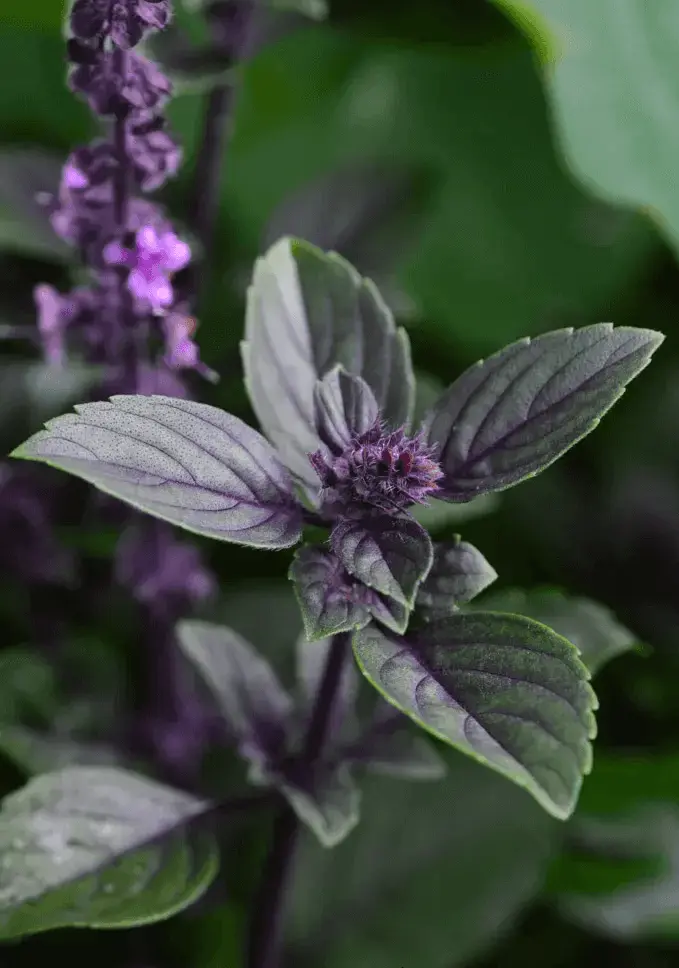

Basil Cinnamon (Ocimum basilicum Cinnamon) is a well-known plant, which combines the scent of cinnamon and the traditional aroma of basil. Basil Cinnamon is a perennial herb of the mint family, grown in pots at home or vegetable gardens for its spicy fragrance and taste.
It is ideal for growing both indoors and outdoors and it is a popular ingredient in the kitchen as well, with uses in salads, sauces or many dishes based on herbs. In addition to flavor, Basil Cinnamon has other utilitarian advantages and will also help bring the bees and butterflies.
| Scientific Name | Ocimum basilicum ‘Cinnamon’ |
| Common Names | Cinnamon Basil, Sweet Basil |
| Family | Lamiaceae |
| Genus | Ocimum |
| Species | Ocimum basilicum |

September 18, 2025
10 minute read
September 17, 2025
9 minute read
September 17, 2025
20 minute read
September 17, 2025
20 minute read


Join as a seller and connect with thousands of B2B buyers nationwide!
Sign Up

Daikon Radish April Cross
The April Cross Daikon is famous for its high-quality white roots, smooth texture and sturdy growth.

Edamame
Edamame is a member of the Glycine genus in the Leguminosae (Fabaceae) family.
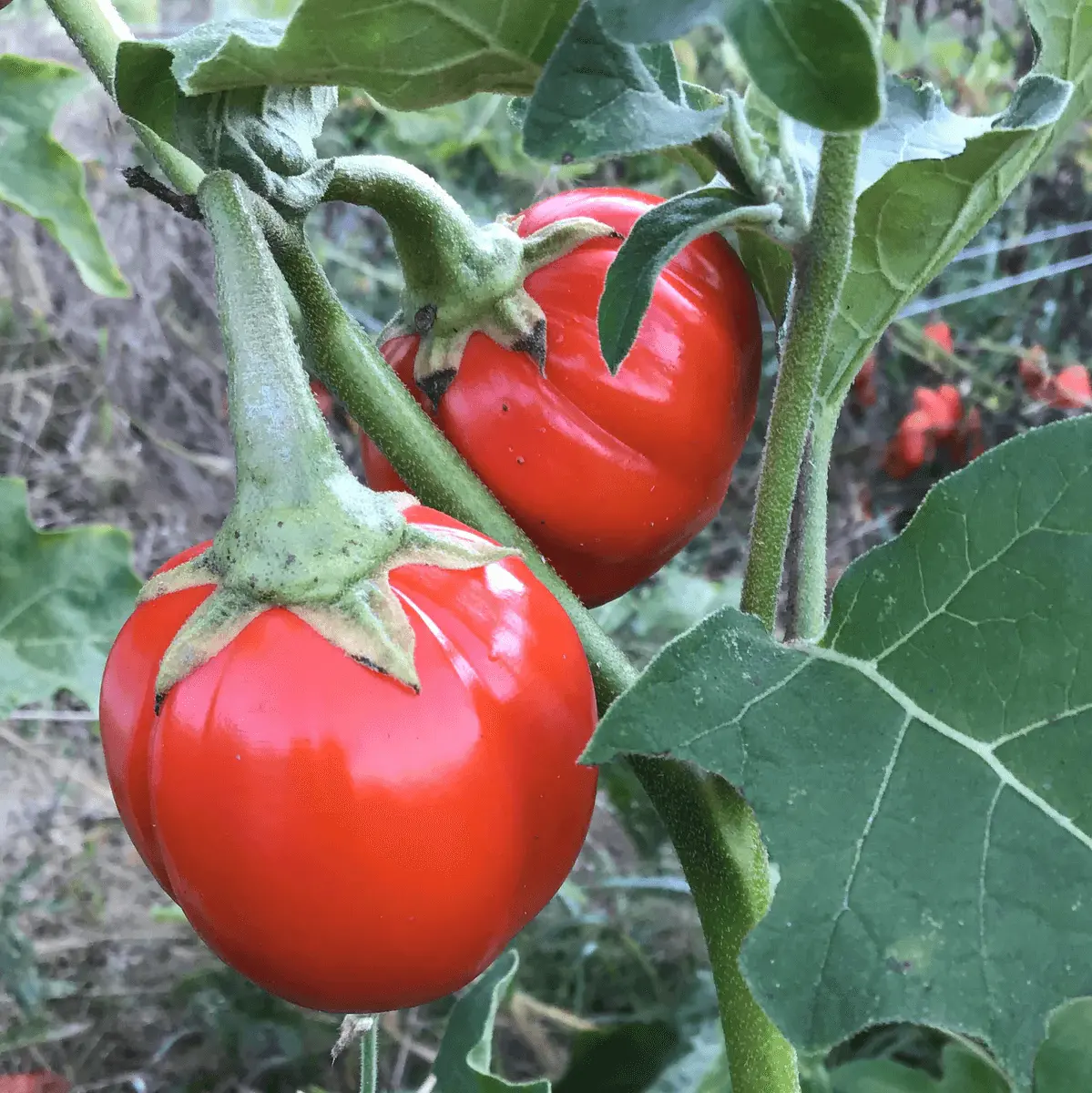
African Eggplant
The African eggplant (also known as garden egg, or Solanum aethiopicum) is a beautiful and nutritious plant that does very well in hot tropical places like parts of Africa and Asia. It bears small, round fruit that is red or orange when ripe but can also
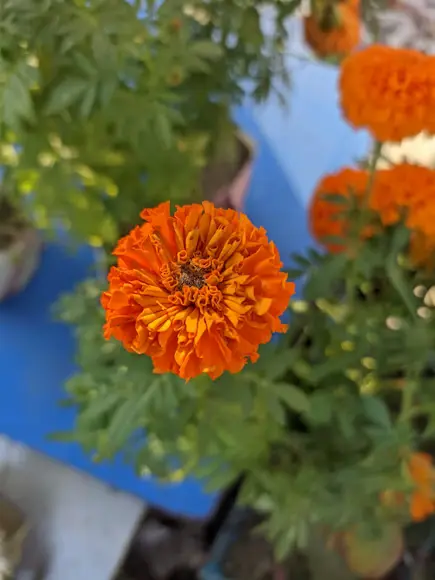
African Marigold
The African Marigold is a strong flower that is prevalent in many warm places around the globe. It is known for its big yellow, orange, or gold flowers, which are useful for gardens, borders, and cut flowers.
Basil Cinnamon is a bushy, aromatic herb with the following characteristics:
Basil Cinnamon has a wide range of uses, from culinary applications to medicinal purposes:
Basil Cinnamon grows in hot climates with full light and well-drained soil. Ideal for planting in containers, raised beds or straight into the vegetable patch. The primary growing conditions are:
Seeds of Basil Cinnamon are small, flat and smooth as well and feel slightly rough to touch. The small size of the seeds. They can be scattered easily, but if planting them in pots, take care not to overcrowd.
Basil Cinnamon seeds will require a warm environment and adequate moisture to germinate. Here are the optimal conditions for germinating Basil Cinnamon:
The seeds of Basil Cinnamon will remain for 3-5 years if stored properly. Nonetheless, there will also be some impact on their germination rate year after year.
Basil Cinnamon is generally propagated by seed, but it can also be propagated with stem cuttings.
While this variety is mostly pest or disease free, it can still get hit with some basic problems.
Proper storage and handling are key to the longevity of Basil Cinnamon seeds without causing damage.
Basil cinnamon is a sweet-smelling, delicious herb that is simple to grow and perfect for both novice and experienced gardeners. It loves heat, full sunlight, and good drainage. There are many benefits to this, as users can enjoy cooking with it or using it in the garden as a pollinator-friendly plant. This makes it one of the most useful plants for the garden or herb collection, having many medicinal virtues in addition to its appealing flavor and relative pest and disease resistance.
Proper airflow around the plant and avoiding overhead watering will reduce the risk of powdery mildew. Use organic fungicides only as necessary.
Yes, Basil Cinnamon can be grown indoors with enough sunlight (6 hours) and if kept in a warm environment.
Keep Basil Cinnamon seeds in an airtight container and place them in a cool, dry and dark location to preserve their viability for at least 3 years.

Patios, Walkways & Driveways
Victor Miller

Pest Identification & Prevention
Victor Miller
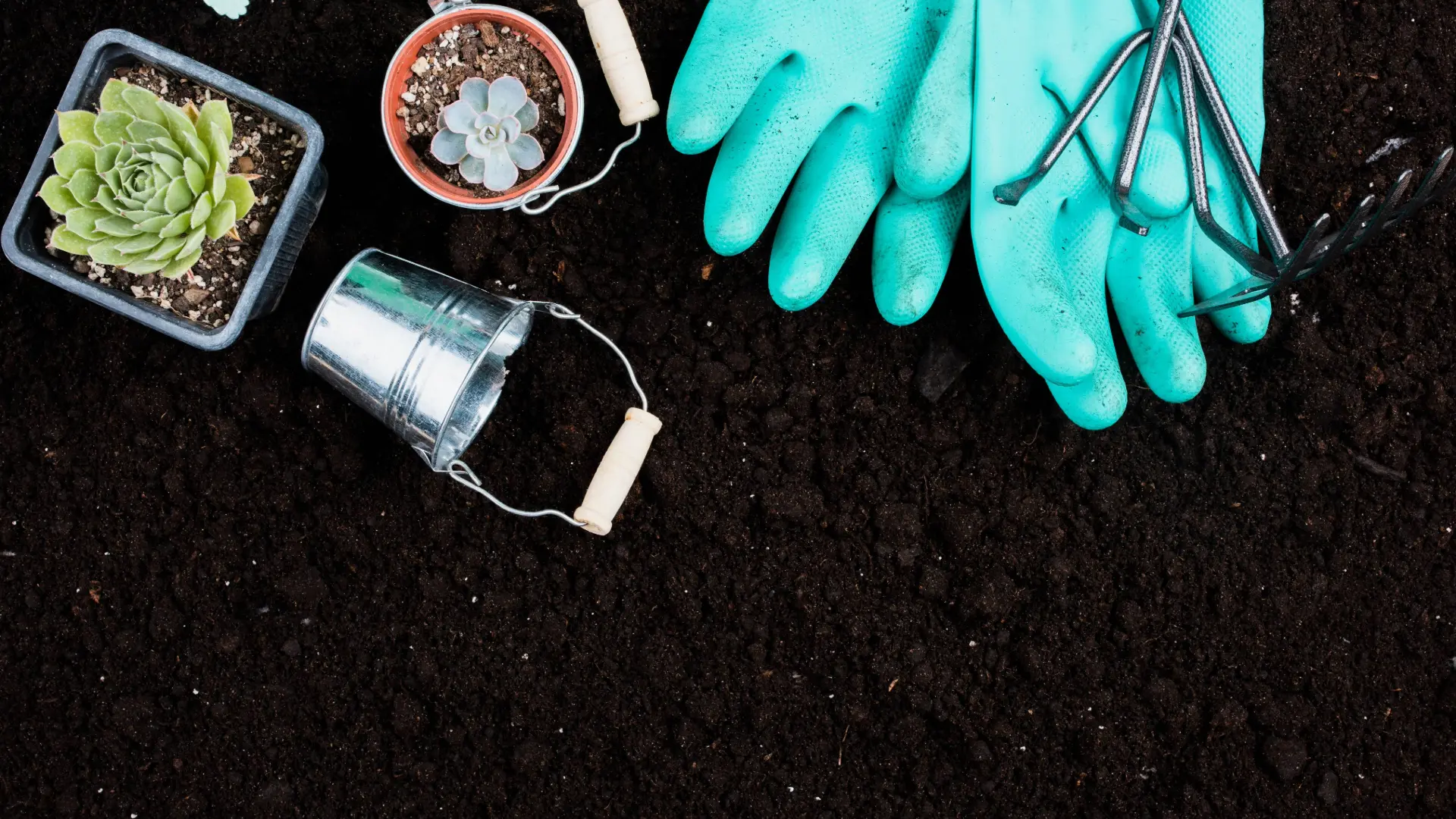
Soil Health & Fertilization
Gina Lazaarus
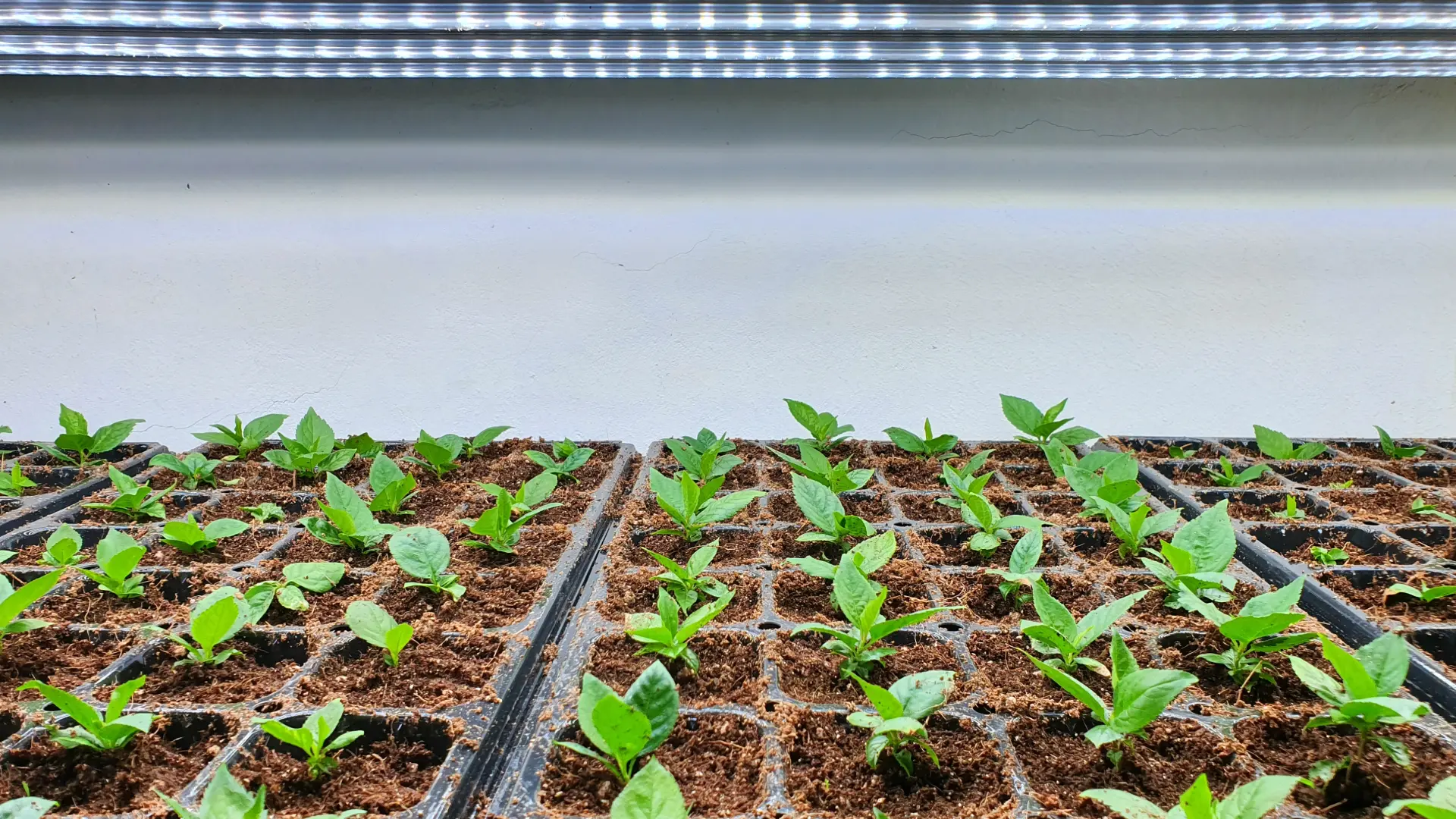
Lighting & Technique
Gina Lazaarus
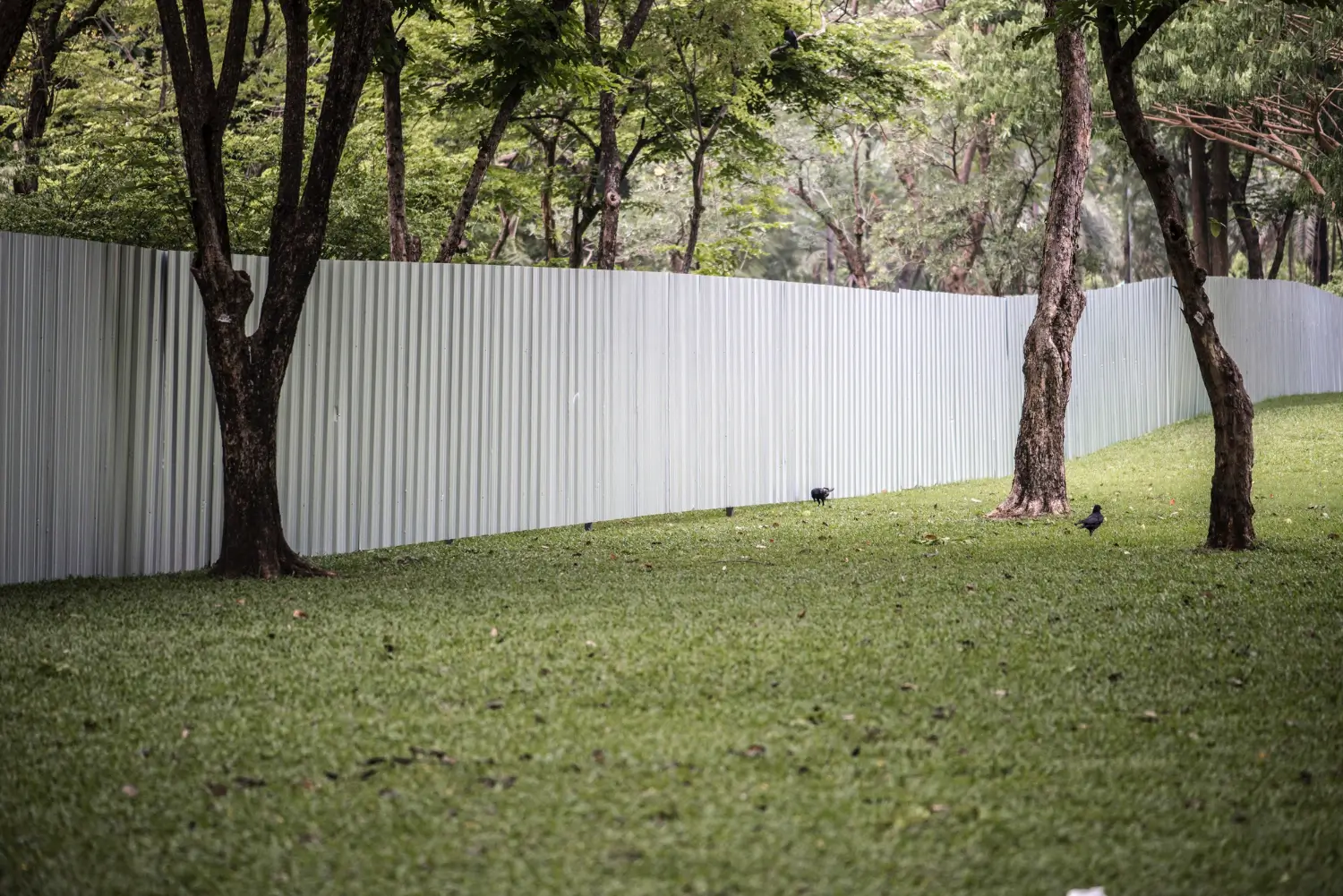
Construction Tips & Techniques
Victor Miller

Maintenance & Equipment Tips
Victor Miller

Soil Health & Fertilization
Victor Miller

Organic Gardening
Gina Lazaarus
My Account
Our team is always here to help.
We are open Monday - Friday, 9:00 AM to 4:30 PM PST.